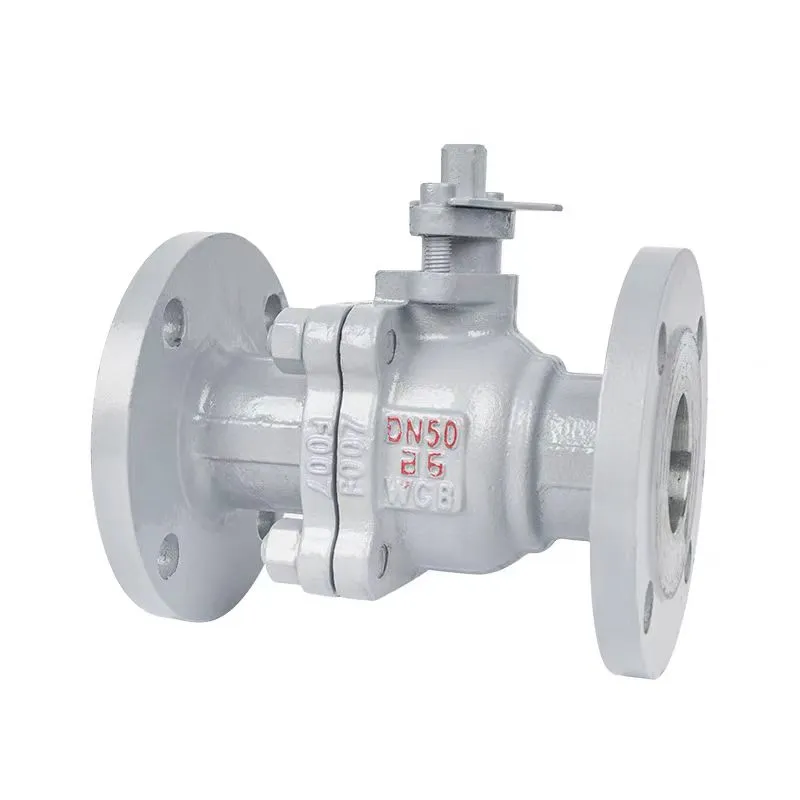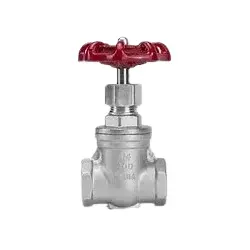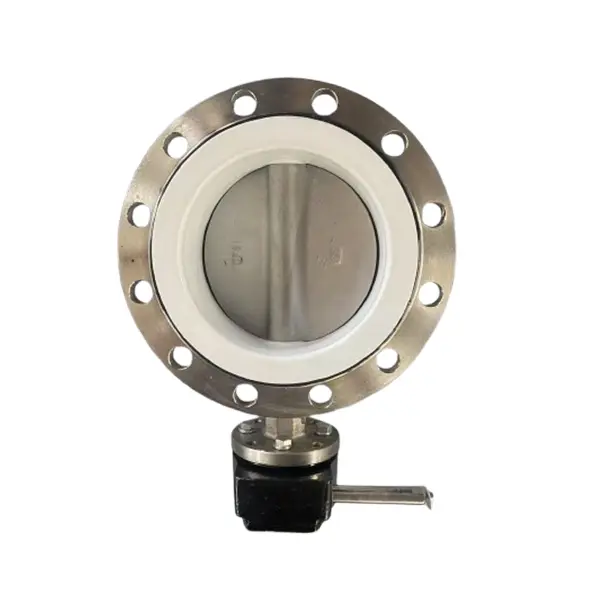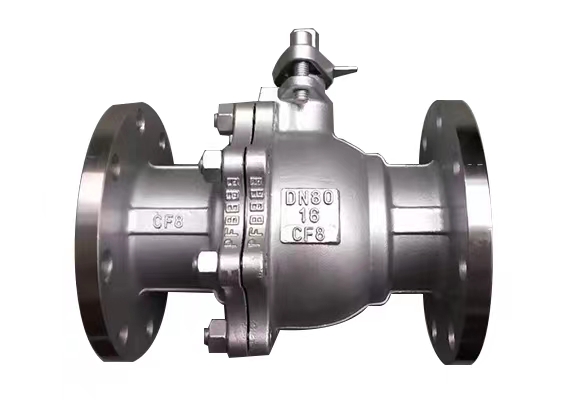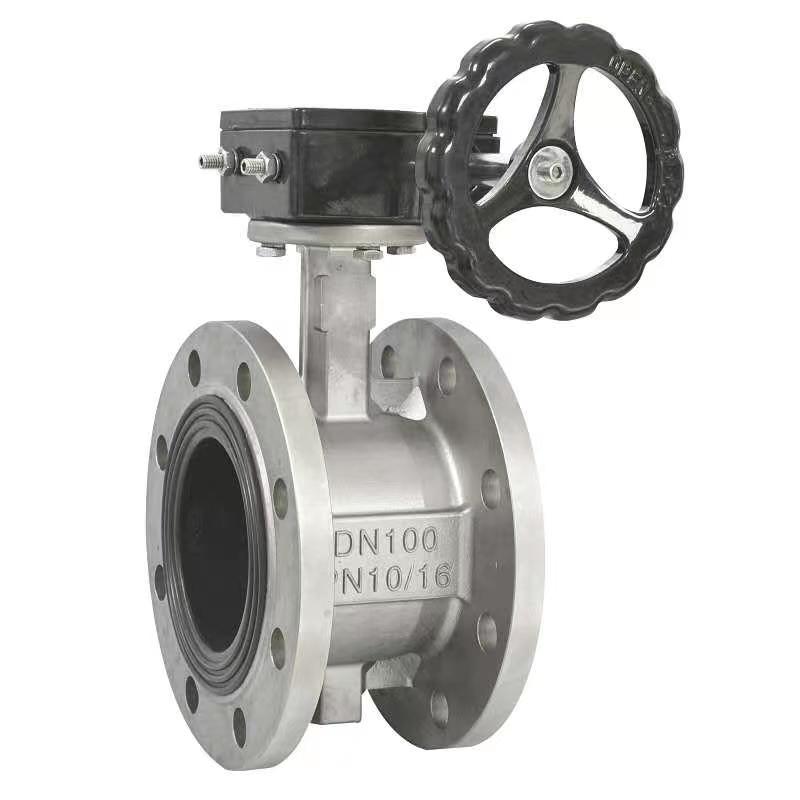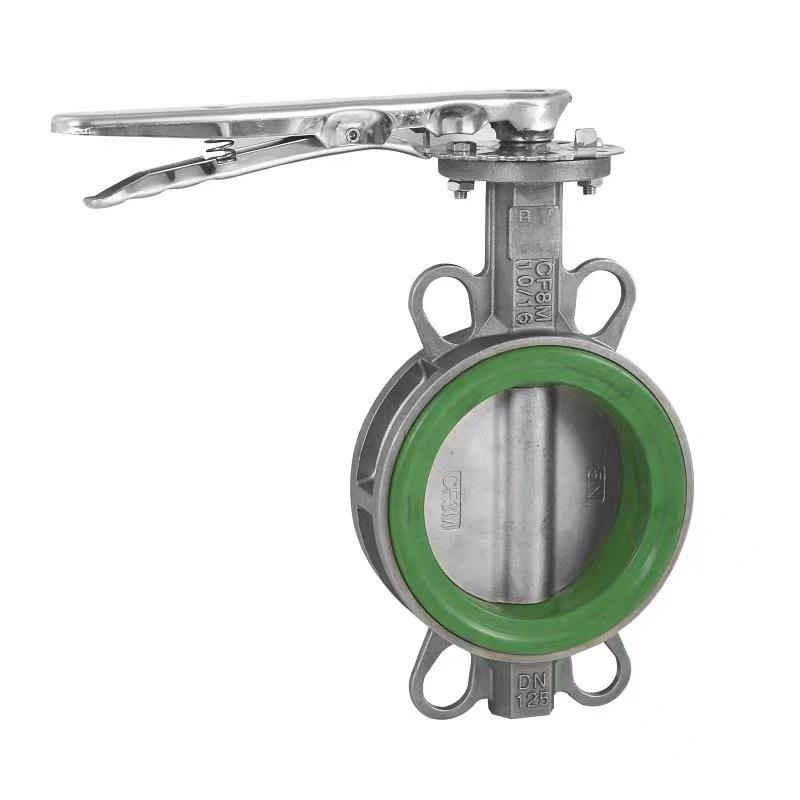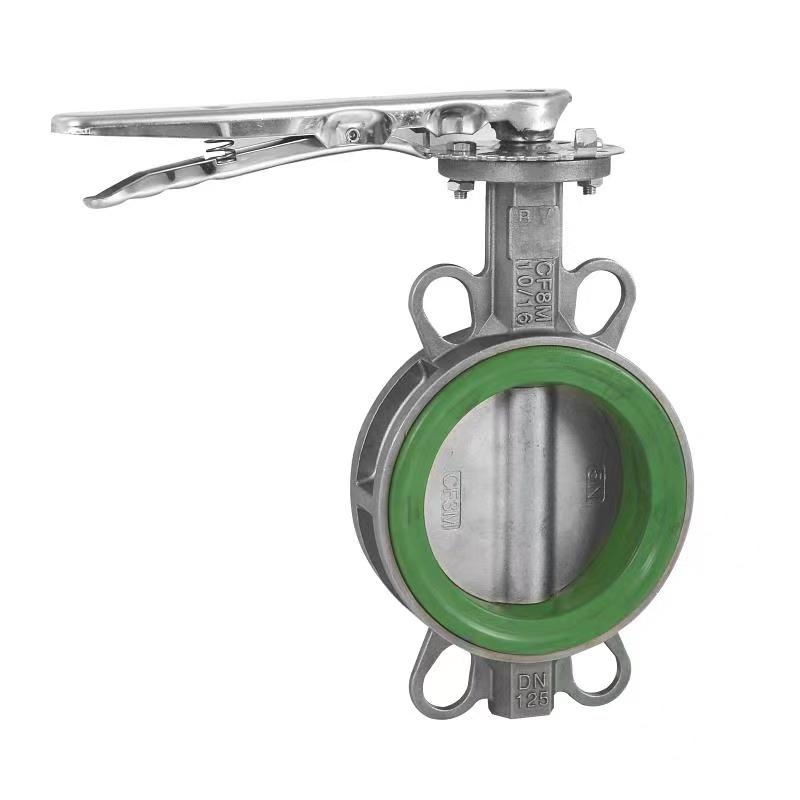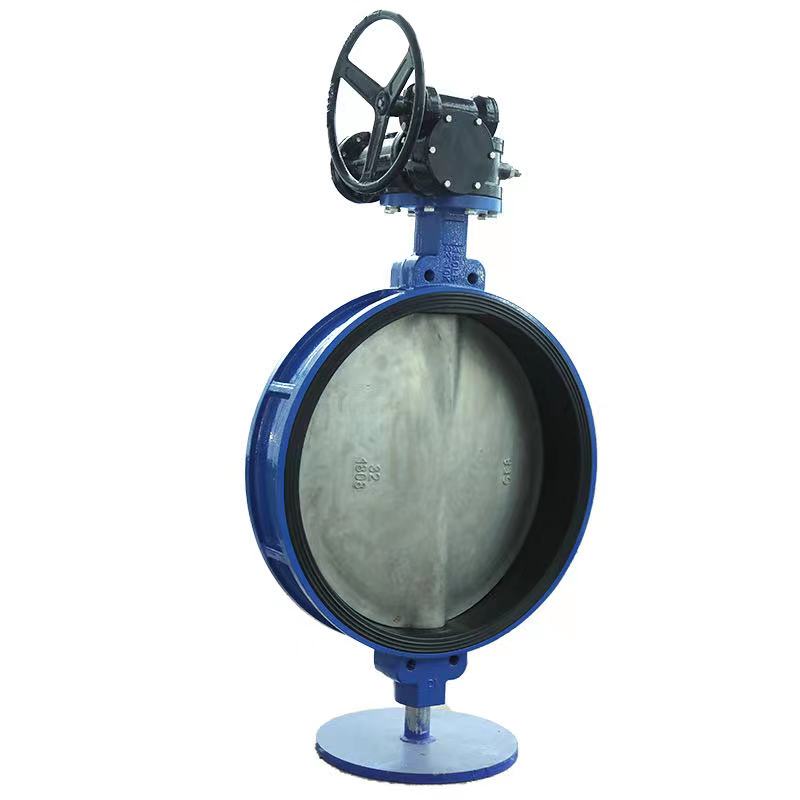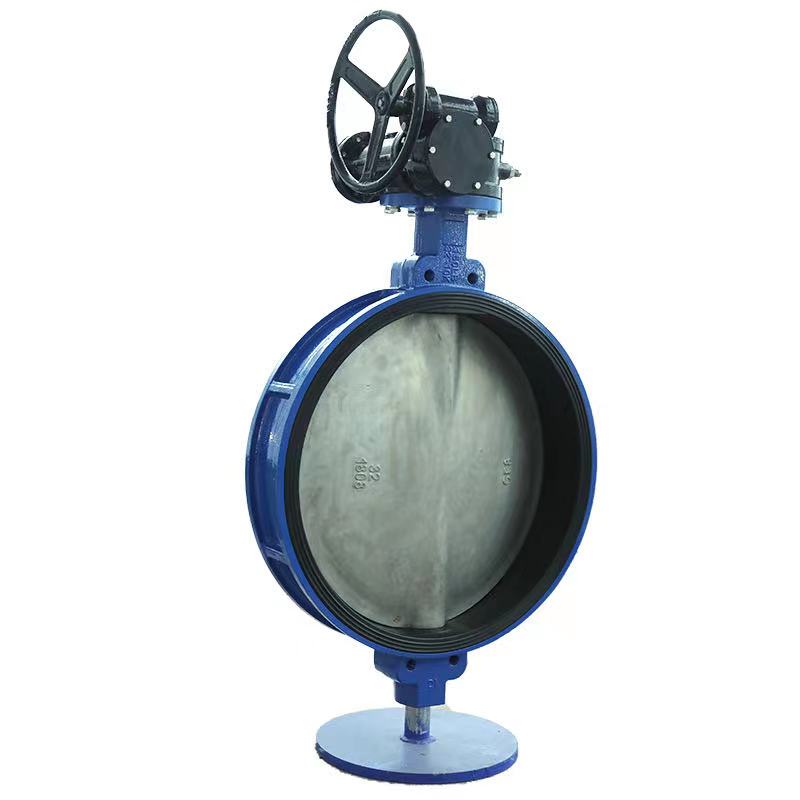- English
- Español
- Português
- русский
- Français
- 日本語
- Deutsch
- tiếng Việt
- Italiano
- Nederlands
- ภาษาไทย
- Polski
- 한국어
- Svenska
- magyar
- Malay
- বাংলা ভাষার
- Dansk
- Suomi
- हिन्दी
- Pilipino
- Türkçe
- Gaeilge
- العربية
- Indonesia
- Norsk
- تمل
- český
- ελληνικά
- український
- Javanese
- فارسی
- தமிழ்
- తెలుగు
- नेपाली
- Burmese
- български
- ລາວ
- Latine
- Қазақша
- Euskal
- Azərbaycan
- Slovenský jazyk
- Македонски
- Lietuvos
- Eesti Keel
- Română
- Slovenski
- मराठी
- Srpski језик
- Esperanto
- Català
- שפה עברית
- Cymraeg
- Latviešu
- icelandic
- ייִדיש
- беларускі
- Hrvatski
- Kreyòl ayisyen
- Shqiptar
- Malti
- lugha ya Kiswahili
- አማርኛ
- Bosanski
- Frysk
- ភាសាខ្មែរ
- ქართული
- ગુજરાતી
- Hausa
- Кыргыз тили
- ಕನ್ನಡ
- Corsa
- Kurdî
- മലയാളം
- Maori
- Монгол хэл
- Hmong
- IsiXhosa
- Zulu
- Yoruba
- অসমীয়া
- ଓଡିଆ
- Twi
- Samoa
- Sesotho
- සිංහල
- Gàidhlig
- Cebuano
- Somali
- Тоҷикӣ
- O'zbek
- Hawaiian
- سنڌي
- Shinra
- Հայերեն
- Igbo
- Sundanese
- Lëtzebuergesch
- Malagasy
- Tǝlam Kanuri
- Punjabi
- پښتو
- Chichewa
What are the key techniques for installing and maintaining gate valves?
2025-07-29
As the core equipment for controlling fluid flow in industrial pipeline systems, the installation and maintenance quality of gate valves is related to the stability and safety of system operation. The following are key techniques:
1. Installation phase: Firstly, perform inspection and pre-treatment to confirm that the gate valve model, pressure rating, material, and working conditions match, and there is no transportation damage. Clean the pipeline impurities, and perform airtightness and action tests for critical working conditions. Secondly, pay attention to the direction and position, install according to the arrow instructions. The vertical valve stem should be perpendicular to the ground, and the horizontal inclination should be ≤ 15 °. Reserve space for handwheel or actuator operation (≥ 300mm). When connecting and fixing, the flange connection should be aligned with the bolt holes and tightened symmetrically in stages; Use argon arc welding as a base for welding connections and slowly cool down. Finally, conduct debugging and acceptance, open and close 3-5 times, observe whether it is stable, and check for leaks with soap water or pressure gauge.
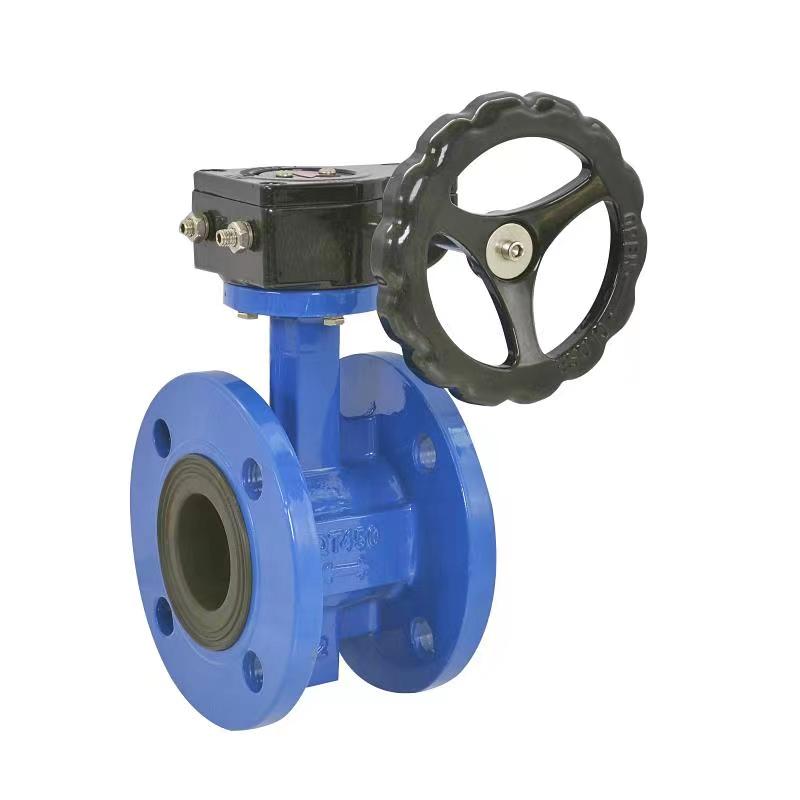
2. Maintenance phase: Daily inspections should check for gate valve leaks and valve stem coatings, record the number and time of opening and closing, and promptly repair any abnormalities. In terms of lubrication and sealing, apply high-temperature grease to the valve stem every month, close the gate valve to drain the medium before long-term shutdown, and regularly check the sealing strip of soft seal gate valves. Regular maintenance should be carried out once every 6-12 months for normal working conditions and once every 3 months for corrosive or high-temperature working conditions. If the sealing surface is worn, the valve stem is bent, or the packing leakage exceeds the standard, it needs to be replaced. In terms of troubleshooting, if there is an internal leak, bolts can be tightened or sealant can be injected. If it is severe, the valve seat can be replaced; Soak the valve stem in loosening agent or disassemble and clean it if it gets stuck. Under special working conditions, install expansion joints under high temperature conditions and use high temperature resistant materials; Low temperature treatment is carried out under low-temperature conditions, and an extended valve stem is selected; Corrosive media lined with anti-corrosion materials, regularly tested for pH value.
Guidelines for avoiding pitfalls: follow the flow direction markings of the gate valve; Valve stem roughness ≤ Ra0.8 μ m; Wrap the valve body or provide nitrogen protection before welding. Standardized installation and scientific maintenance can extend the service life of gate valves by more than 50% and reduce failure rates. It is recommended to develop regulations and train operators in accordance with the manual.
Related News
- Can check valves prevent pump reversal
- What scenarios are check valves suitable for?
- What should I do if the check valve cannot stop the water?
- What should I do if there is leakage inside the check valve
- What are the types of check valves
- Are there any requirements for the installation direction of butterfly valves?
New Products


